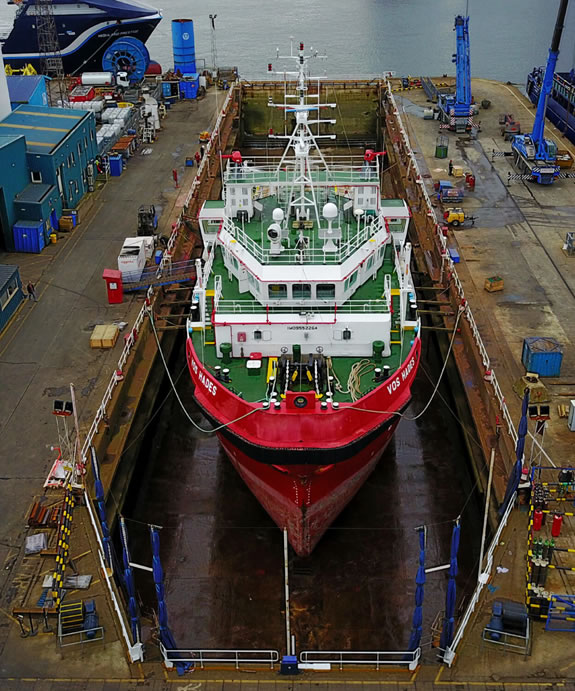Dry docking is a vital maintenance procedure for ships that involves taking the vessel out of the water for inspection, repair, and overhaul. During dry docking, the ship is positioned in a dry dock, which is a large basin or dock that can be flooded and drained to allow ships to be floated in and out. This process allows ship managers and engineers to access the hull and other underwater parts of the ship, which are normally submerged when the vessel is in the water. Dry docking is typically carried out every few years or as per the regulatory requirements to ensure the ship’s safety, structural integrity, and operational efficiency.
The Benefits of Dry Docking For Ships Inspection, maintenance ensure vessel safety, reliability Antifouling paint improves performance, fuel efficiency
Proactive maintenance saves costs
Implement upgrades, comply with regulations Minimize downtime with planned dry docking
Address issues for extended service life
Comply with regulations through inspections, certifications
Enhanced safety for crew, cargo, environment Optimize speed, maneuverability, efficiency
Increase resale value with proper maintenance
Overall, dry docking is a crucial process that offers a range of benefits, allowing ship managers to ensure the longevity, safety, and reliability of their vessels while adhering to industry regulations and standards.

